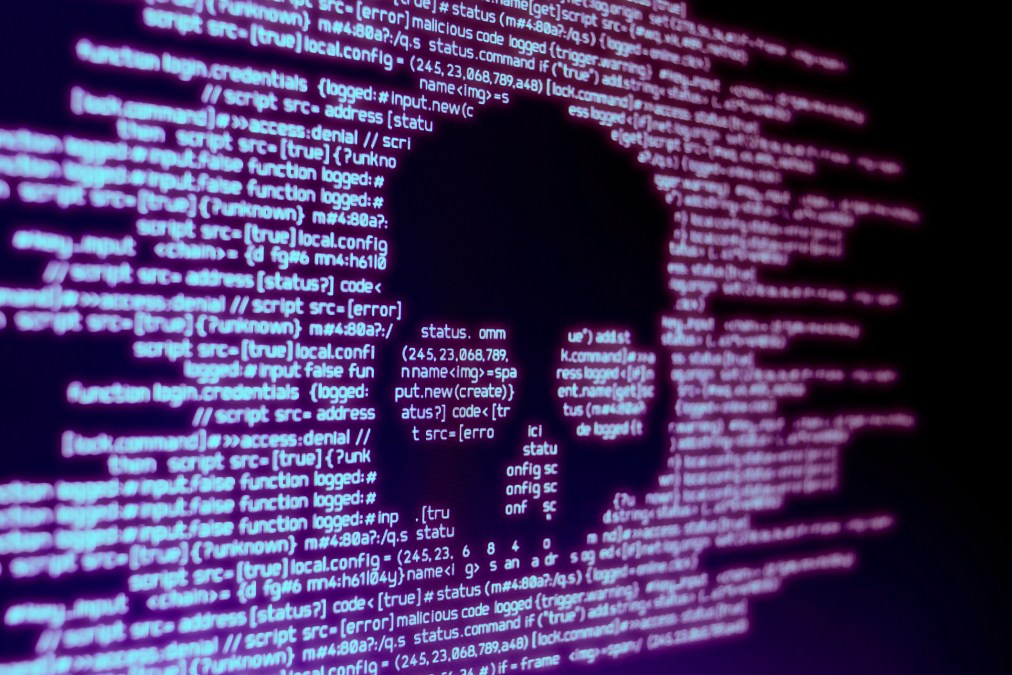Cyberattacks are on the rise everywhere, but educational institutions are especially vulnerable, evidenced both anecdotally by high-profile incidents and by research revealing rising frequency and financial impact of attacks.
One recent study found the number of cyberattacks against K-12 districts tripled between 2016 and 2019. Scoop News Group’s independent research of cyberattacks against universities, including ransomware attacks, are shows an increasing frequency of attacks, along with rising ransom demand, which administrators are often eager to pay so they can resume operations.
The spotty reporting of these incidents makes exact calculations difficult to pin down, but Verizon’s 2020 Data Breach Investigations Report shows that ransomware attacks in particular are on the rise for the educational services sector, now representing 80% of the 819 incidents logged in the most recent data-collection year.
Universities are vulnerable because of their decentralized structure and their need to cater to a diverse group of users that includes researchers, students who are increasingly connecting from off-campus, community groups, faculty and administrators. K-12 institutions are similarly vulnerable, though often more from a shortage of resources and expertise, as their administrators focus their efforts on educational concerns, not technological ones.
Here are nine times the bad guys won this year:
